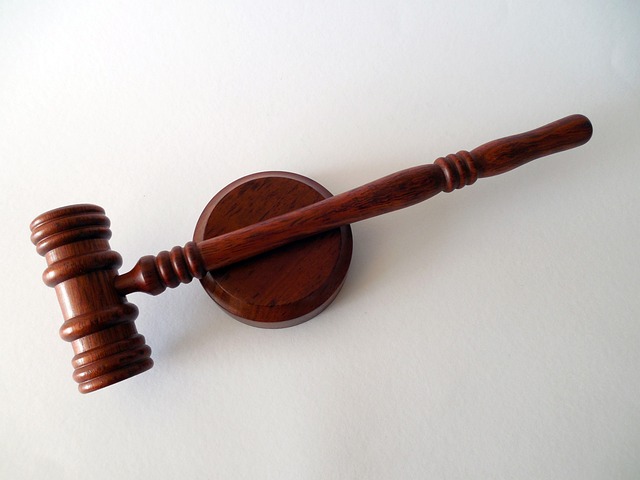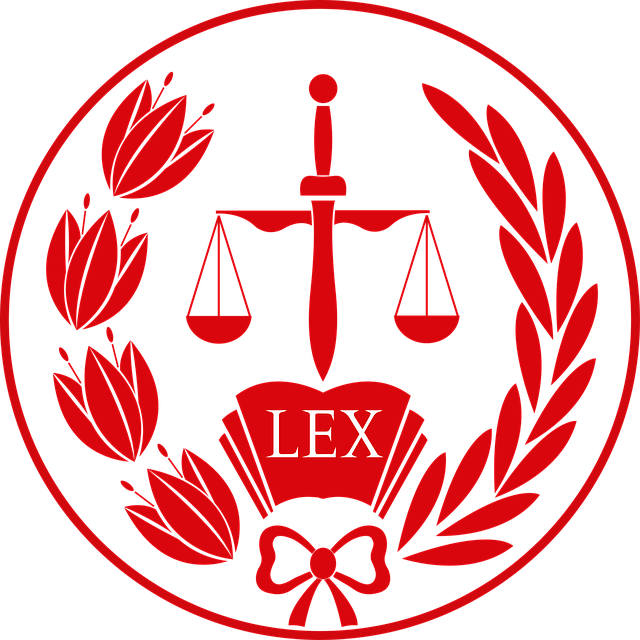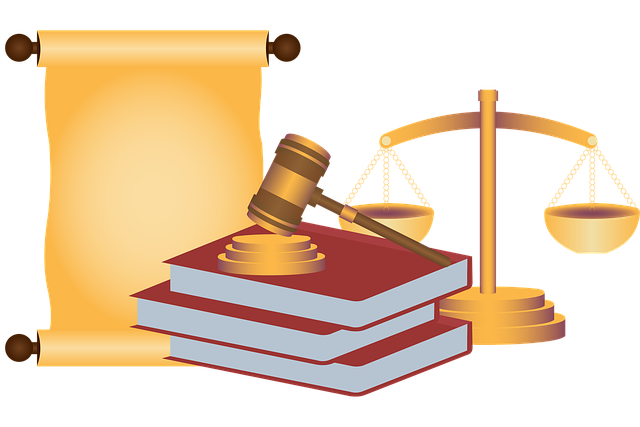Regulatory fraud laws are vital for maintaining market integrity and protecting consumers from deceptive practices in patent infringement cases. The Civil Litigation Process involves a series of steps, from complaint filing to trial, where damages are awarded. Anti-fraud regulations, enforced by agencies like the SEC, protect against white-collar crime through strict liability and civil penalties. Collaborative efforts between law enforcement and regulatory bodies deter such crimes and maintain sector integrity, fostering public confidence.
Navigating regulatory fraud laws is crucial for businesses aiming to uphold integrity and avoid legal pitfalls. In this comprehensive guide, we delve into the intricate world of understanding regulatory fraud laws, focusing on their impact and enforcement mechanisms. Furthermore, we explore the civil litigation process specifically tailored for patent infringement cases, providing a step-by-step breakdown. By understanding these key provisions, businesses can better protect themselves against fraudulent practices.
- Understanding Regulatory Fraud Laws: A Comprehensive Guide
- Civil Litigation Process for Patent Infringement: Step-by-Step
- Key Provisions and Enforcement Mechanisms in Anti-Fraud Regulations
Understanding Regulatory Fraud Laws: A Comprehensive Guide

Regulatory fraud laws are designed to protect the integrity of markets and safeguard consumers from deceptive practices. These laws cover a wide range of activities, including false statements, misleading advertising, and manipulation of financial markets. Understanding these regulations is crucial, especially in high-stakes cases involving civil litigation for patent infringement, where the stakes can be immense.
The civil litigation process for patent infringement often navigates complex legal terrain, requiring meticulous documentation and a deep understanding of industry standards. It involves identifying and presenting evidence of intentional misrepresentations or omissions that have led to financial loss or market disruption. By holding wrongdoers accountable through these regulatory fraud laws, the philanthropic and political communities can ensure fair competition, foster innovation, and protect consumers, ultimately strengthening the broader economy.
Civil Litigation Process for Patent Infringement: Step-by-Step

The Civil Litigation Process for Patent Infringement involves several crucial steps that begin with the filing of a complaint by the patent holder, alleging that their intellectual property rights have been infringed upon. This legal action sets in motion a series of events designed to resolve the dispute and provide compensation for any damages incurred.
Firstly, the plaintiff must serve the defendant with a summons and complaint, formally notifying them of the lawsuit and outlining the specific claims. The defendant then has a limited time to respond, typically filing an answer or a motion to dismiss if they believe the case is without merit. This exchange forms the basis of the case, setting the stage for all stages of the investigative and enforcement process, including discovery where both parties gather evidence relevant to their arguments. If settlement negotiations fail, the case proceeds to trial, where a judge or jury determines liability and awards damages, which can include costs, attorney fees, and profits gained from the infringing activity. The white collar defense strategy plays a significant role here, aiming to protect the defendant’s rights while navigating through the complex legal landscape of patent infringement cases.
Key Provisions and Enforcement Mechanisms in Anti-Fraud Regulations

Anti-fraud regulations are a robust framework designed to protect consumers, investors, and businesses from deceptive practices. These laws often include key provisions such as strict liability, which holds individuals accountable for fraud regardless of intent, and civil penalties that can amount to significant financial burdens for offenders. The enforcement mechanisms vary but typically involve regulatory agencies, like the Securities and Exchange Commission (SEC) in the US, conducting thorough investigations and imposing sanctions through administrative proceedings or civil litigation.
The Civil Litigation Process for Patent Infringement is a notable example of enforcing anti-fraud regulations within the legal system. This process allows patent holders to seek damages from infringers, serving as a deterrent and a means of recovery. Moreover, collaborative efforts between law enforcement and regulatory bodies, along with public-private partnerships, play a crucial role in white collar defense and general criminal defense strategies, ensuring that perpetrators face consequences through both civil and potential criminal proceedings, thus fostering integrity in various sectors and maintaining the confidence of the philanthropic and political communities.
In navigating the complex landscape of regulatory fraud laws, understanding key provisions and enforcement mechanisms is essential. This article has provided a comprehensive guide to help folks decipher the intricacies of these laws. From patent infringement cases to civil litigation processes, we’ve explored strategies to foster a robust legal system. Remember that, in today’s digital era, combating fraud requires vigilant efforts and innovative approaches. By delving into these regulations, individuals and organizations can ensure compliance, protect their intellectual property, and contribute to a fair and transparent business environment.






